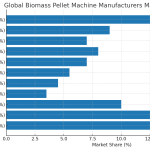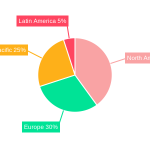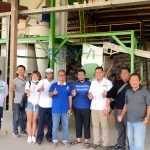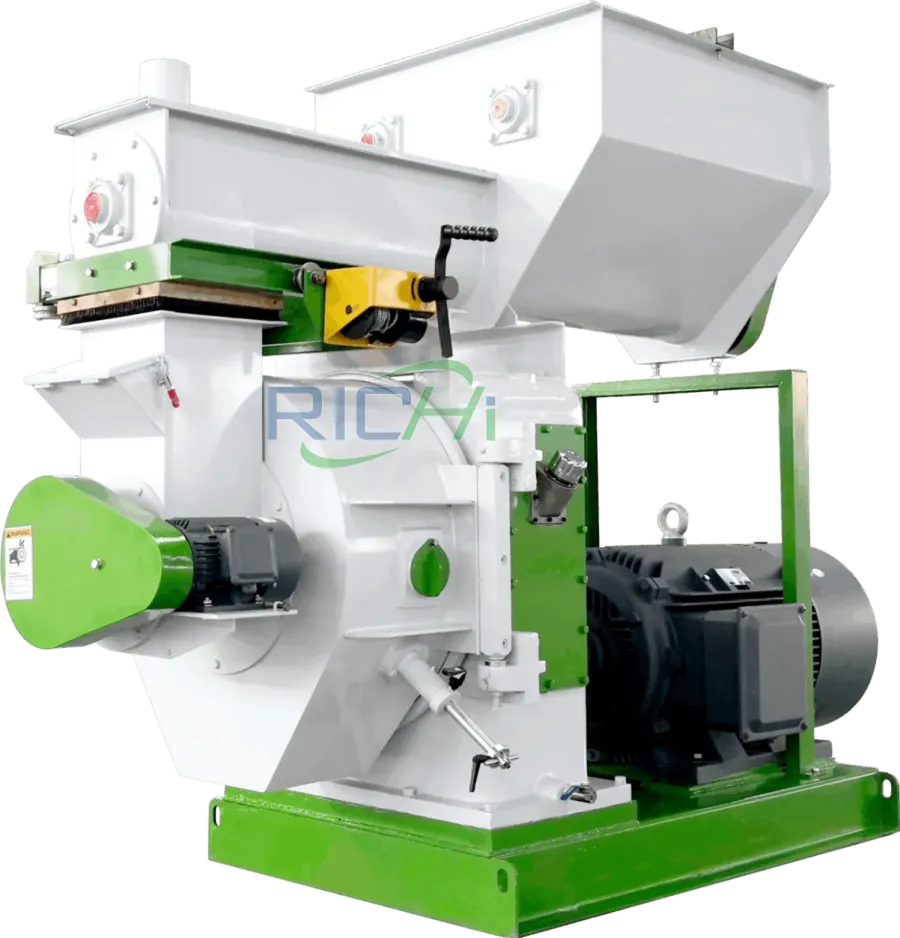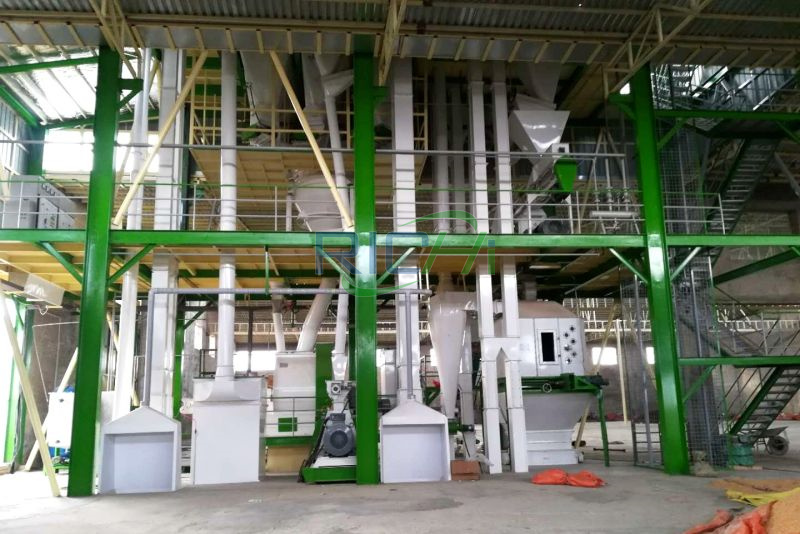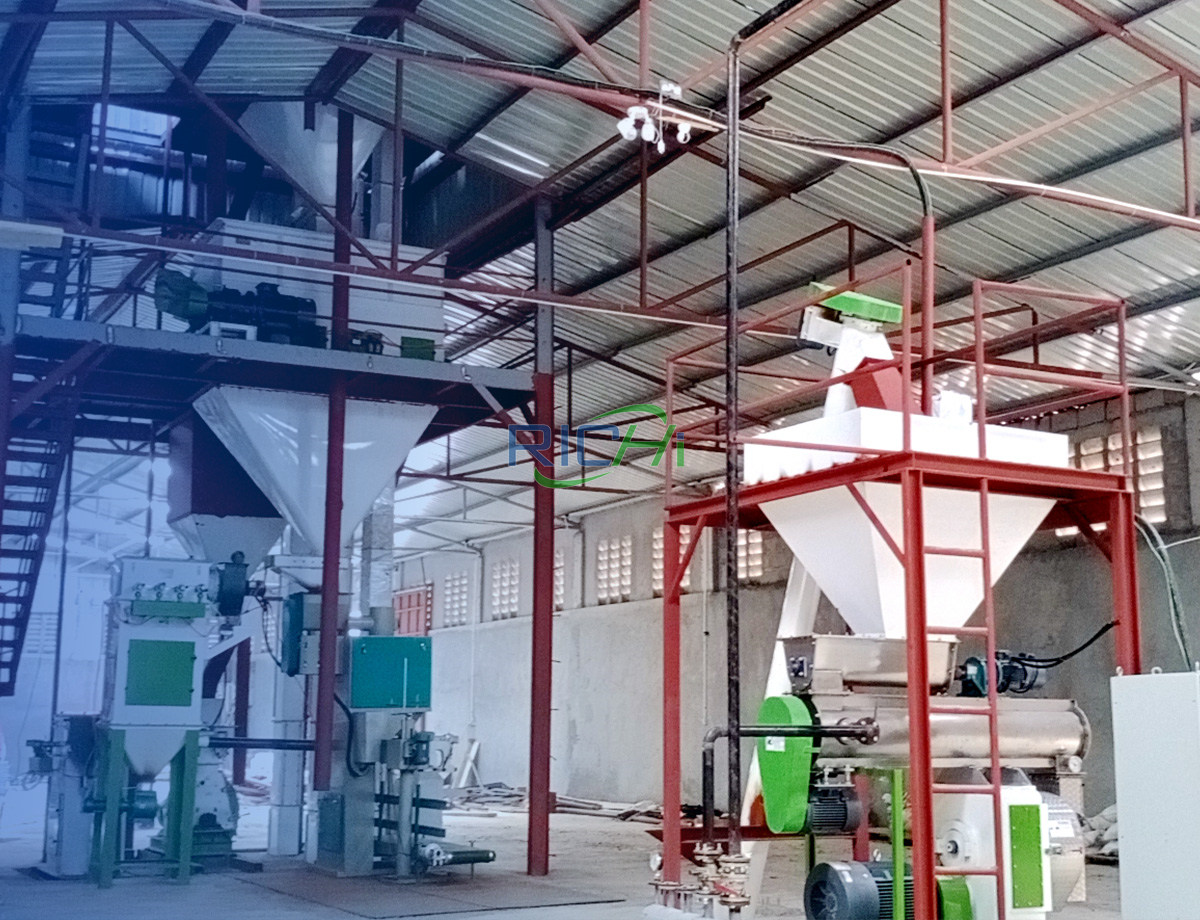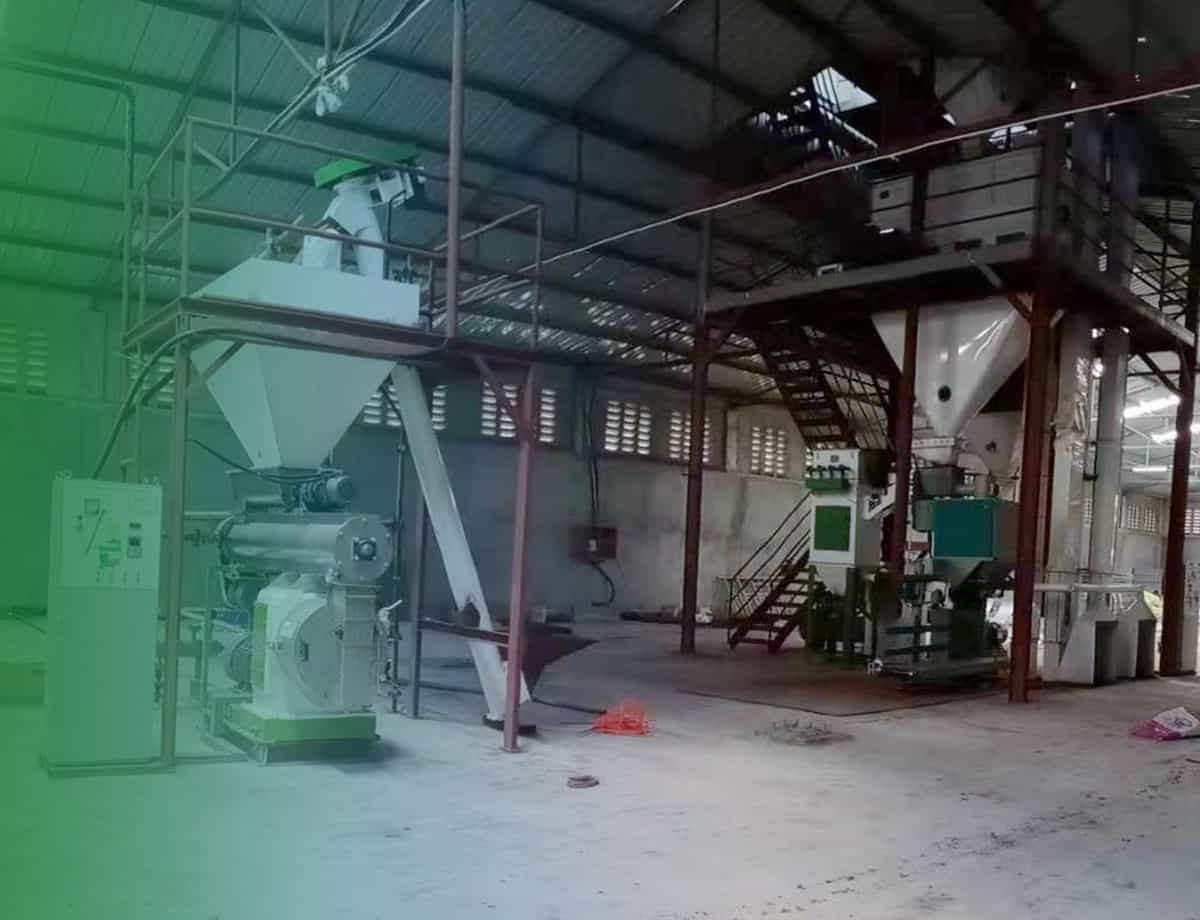Poultry Feed Production Line: An Overview
A poultry feed production line is a comprehensive system designed to convert raw materials into high-quality feed pellets specifically tailored for poultry consumption. This system integrates various processes that ensure the production of nutritionally balanced, safe, and cost-effective feed. The feed produced is crucial for the growth, development, and overall health of poultry, directly impacting productivity in the poultry industry.
Advantages and Necessity of a Poultry Feed Production Line
1. Nutritional Control: A well-designed poultry feed production line allows for precise control over the nutritional content of the feed, ensuring that poultry receives the essential nutrients required for optimal growth.
2. Cost Efficiency: By producing feed in-house or on a large scale, producers can significantly reduce costs associated with purchasing commercial feed, leading to better profit margins.
3. Quality Assurance: A dedicated production line ensures consistent feed quality, reducing the risk of contamination and ensuring that the feed meets specific standards required for poultry health.
4. Customization: The system allows producers to customize feed formulations based on the specific needs of their poultry, such as different stages of growth or specific breeds.
5. Enhanced Productivity: High-quality feed directly translates to improved poultry productivity, including better weight gain, higher egg production, and overall healthier birds.
Specific Processes Included in a Poultry Feed Production Line
- Raw Material Receiving and Cleaning: The initial stage involves receiving and cleaning raw materials to remove impurities such as stones, metal, and dust. This step is crucial to ensure the quality of the feed and protect the machinery.
- Grinding: Raw materials are ground into a fine powder, which ensures uniform mixing and pellet formation. Grinding is essential for digestibility and absorption of nutrients by poultry.
- Mixing: The ground materials are mixed with additives like vitamins, minerals, and other nutrients. Proper mixing is crucial to ensure the even distribution of nutrients throughout the feed.
- Pelletizing: The mixed feed is then processed through a pellet mill where it is compressed and formed into pellets. Pelletizing helps in reducing waste, improving feed conversion rates, and making the feed more palatable for poultry. Related machine: https://www.richimanufacture.com/poultry-feed-pellet-machine-price/
- Cooling: After pelletizing, the hot pellets are cooled to prevent spoilage and maintain their integrity. Proper cooling also ensures the pellets are hard enough for handling and storage.
- Screening: The pellets are screened to remove fines and ensure uniform pellet size. This process helps in maintaining consistency in feed quality.
- Packaging and Storage: Finally, the pellets are packaged and stored under appropriate conditions to preserve their quality until they are used.
The Most Important Process: Pelletizing
Among all the processes, pelletizing is the most critical. During this stage, the feed is transformed into pellets, which are easier for poultry to consume and digest. The key factors to pay attention to during pelletizing include:
- Pellet Mill Quality: The quality of the pellet mill directly impacts the efficiency and output of the pelletizing process. A high-quality mill ensures uniform pellet size and consistency.
- Temperature Control: Proper temperature management during pelletizing is essential to avoid nutrient degradation and ensure pellet durability.
- Die and Roller Condition: The condition of the die and rollers must be regularly checked and maintained to ensure optimal performance and prolong the life of the equipment.
Output Calculation and Suitable Customer Profiles
The output of a poultry feed production line is typically measured in tons per hour (TPH). The appropriate output capacity depends on the scale of the poultry operation:
- Small-Scale Farmers (0.5-1 TPH): Suitable for farmers with a small number of birds, where production needs are limited.
- Medium-Scale Operations (1-5 TPH): Ideal for farms with moderate poultry populations, providing a balance between cost and production efficiency.
- Large-Scale Industrial Farms (5+ TPH): Designed for large-scale poultry farms or commercial feed producers who require high production volumes to meet demand.
To calculate the output required, consider factors such as the number of birds, daily feed consumption per bird, and the desired frequency of feed production. For example, if a farm has 10,000 birds, and each bird consumes 0.1 kg of feed per day, the farm would require 1 ton of feed daily. Depending on how often the farm wishes to produce feed (daily, weekly, etc.), the appropriate production line capacity can be determined.
Importance of Choosing the Right Manufacturer
Selecting a reputable manufacturer is crucial for ensuring the reliability, efficiency, and longevity of a poultry feed production line. A good manufacturer will provide high-quality equipment, comprehensive support, and customization options to meet specific needs.
Introducing Richi Machinery
Richi Machinery is recognized as the most professional pellet mill manufacturer in China and the largest in Henan, China. With years of experience in the industry, Richi Machinery has established itself as a leader in the field of feed production technology. The company’s extensive expertise, combined with its commitment to innovation, ensures that customers receive the most advanced and reliable pellet mills available on the market.
Professionalism and Market Position:
- Cutting-Edge Technology: Richi Machinery continuously invests in research and development, incorporating the latest technological advancements into its products.
- Comprehensive Solutions: The company offers a wide range of pellet mills and complete feed production lines, catering to various scales of operations.
- Global Presence: With a strong market presence both in China and internationally, Richi Machinery has built a reputation for delivering high-quality equipment and excellent customer service.
Conclusion
A poultry feed production line is an essential investment for poultry farmers and feed producers, offering numerous advantages such as cost efficiency, quality control, and customization. The pelletizing process stands out as the most critical step, requiring careful attention to ensure optimal results. When selecting a production line, it’s crucial to consider the output capacity and choose a reliable manufacturer. Richi Machinery, with its expertise and market leadership, stands as a premier choice for those seeking the best in poultry feed production technology.

